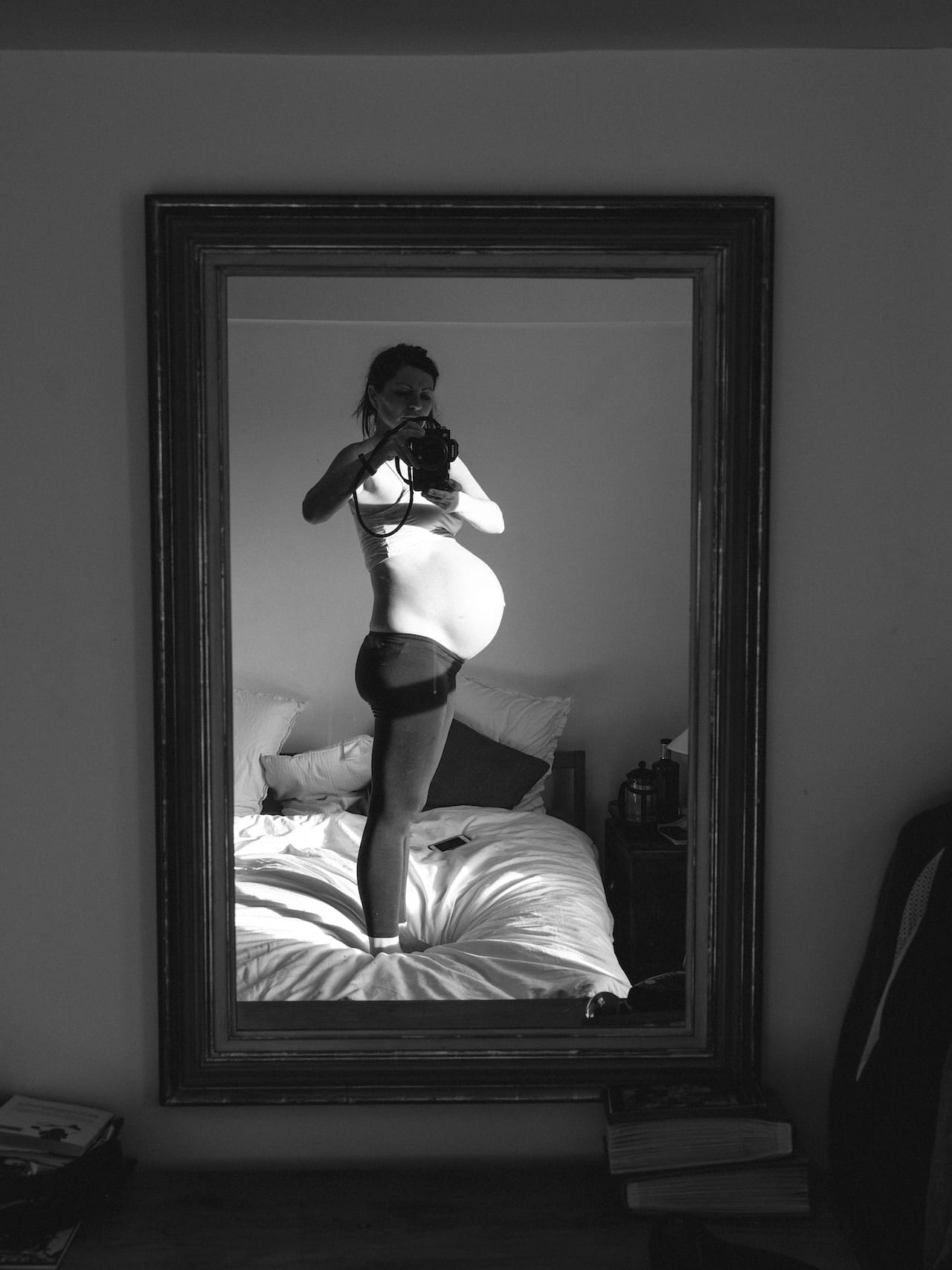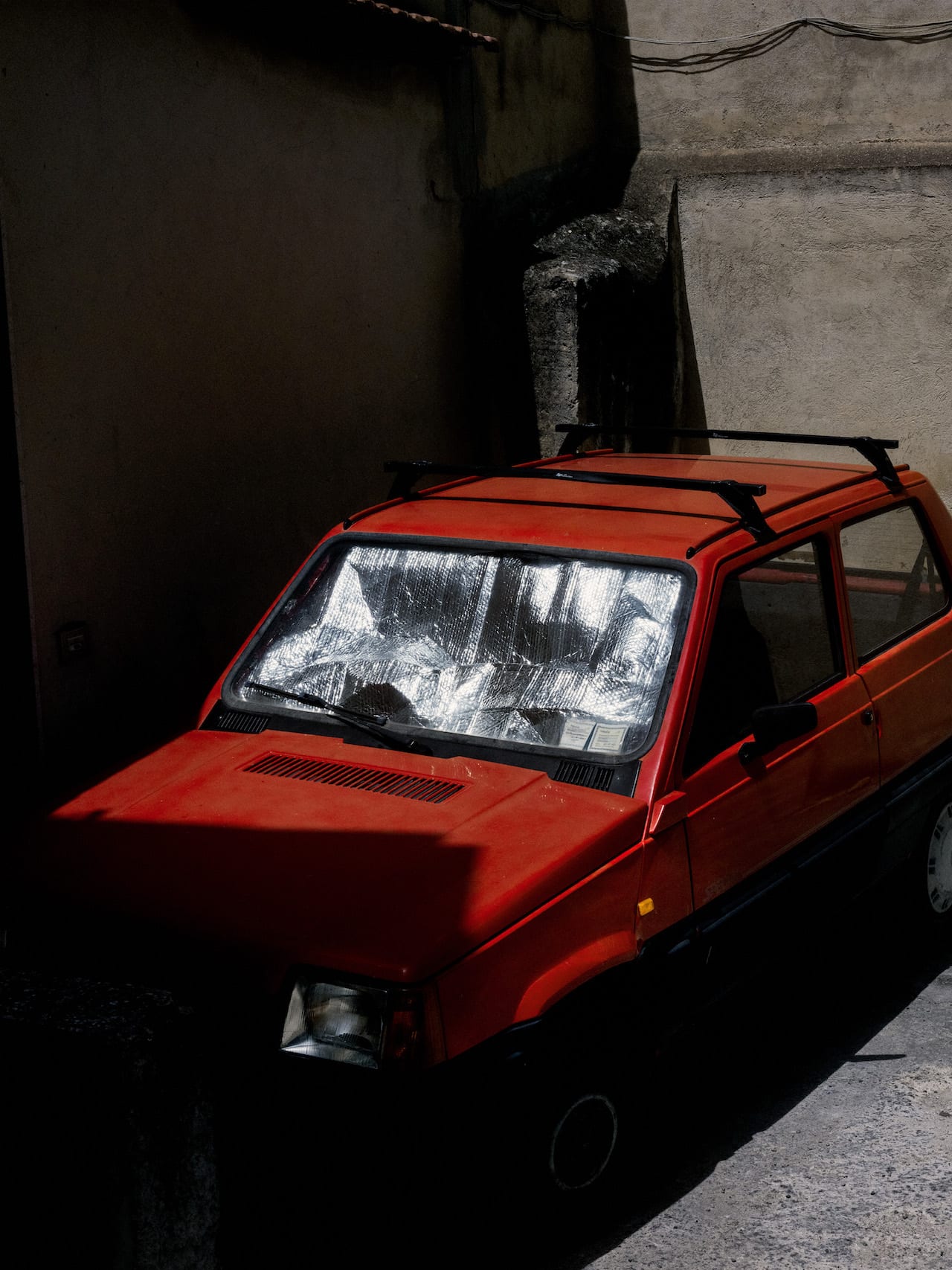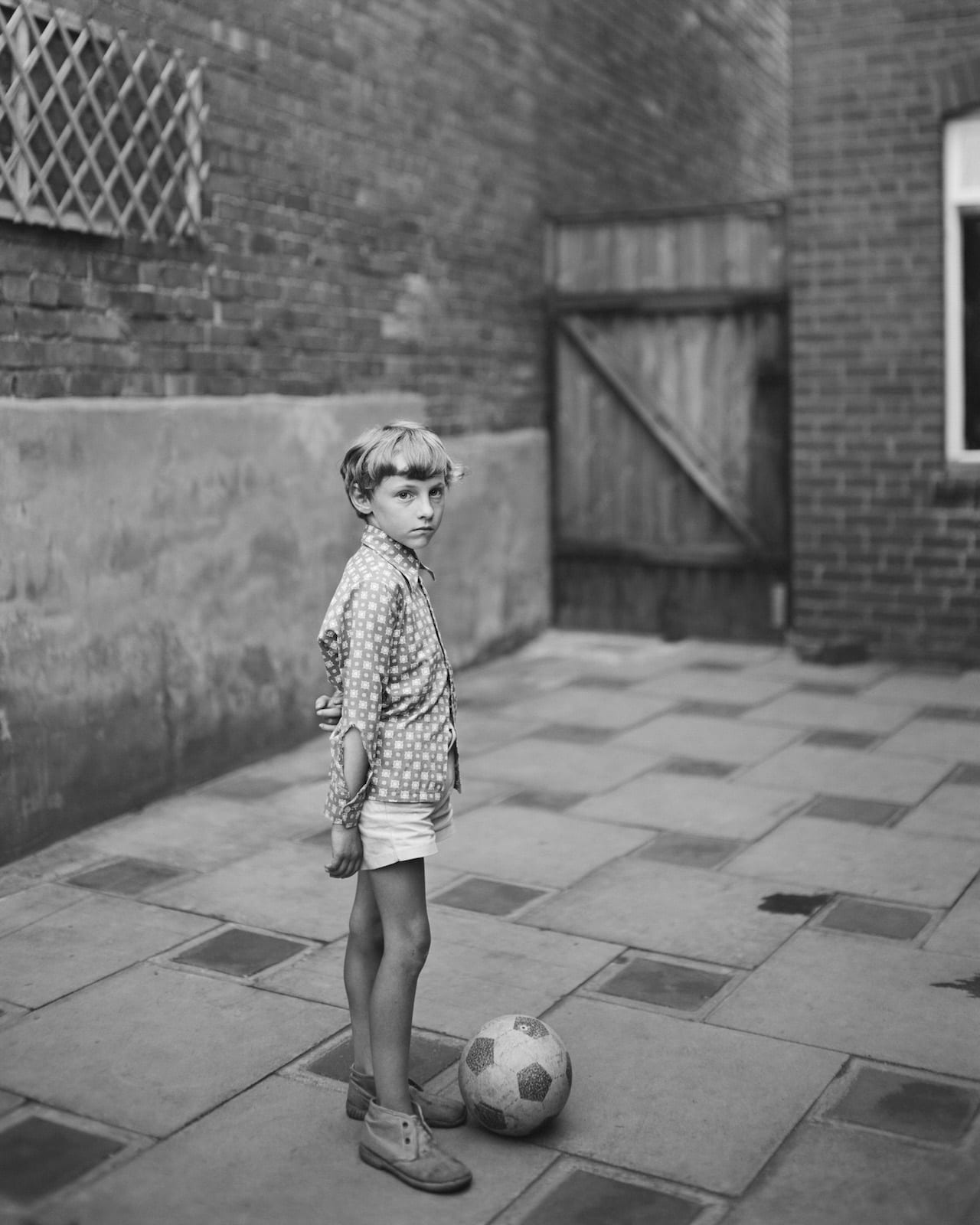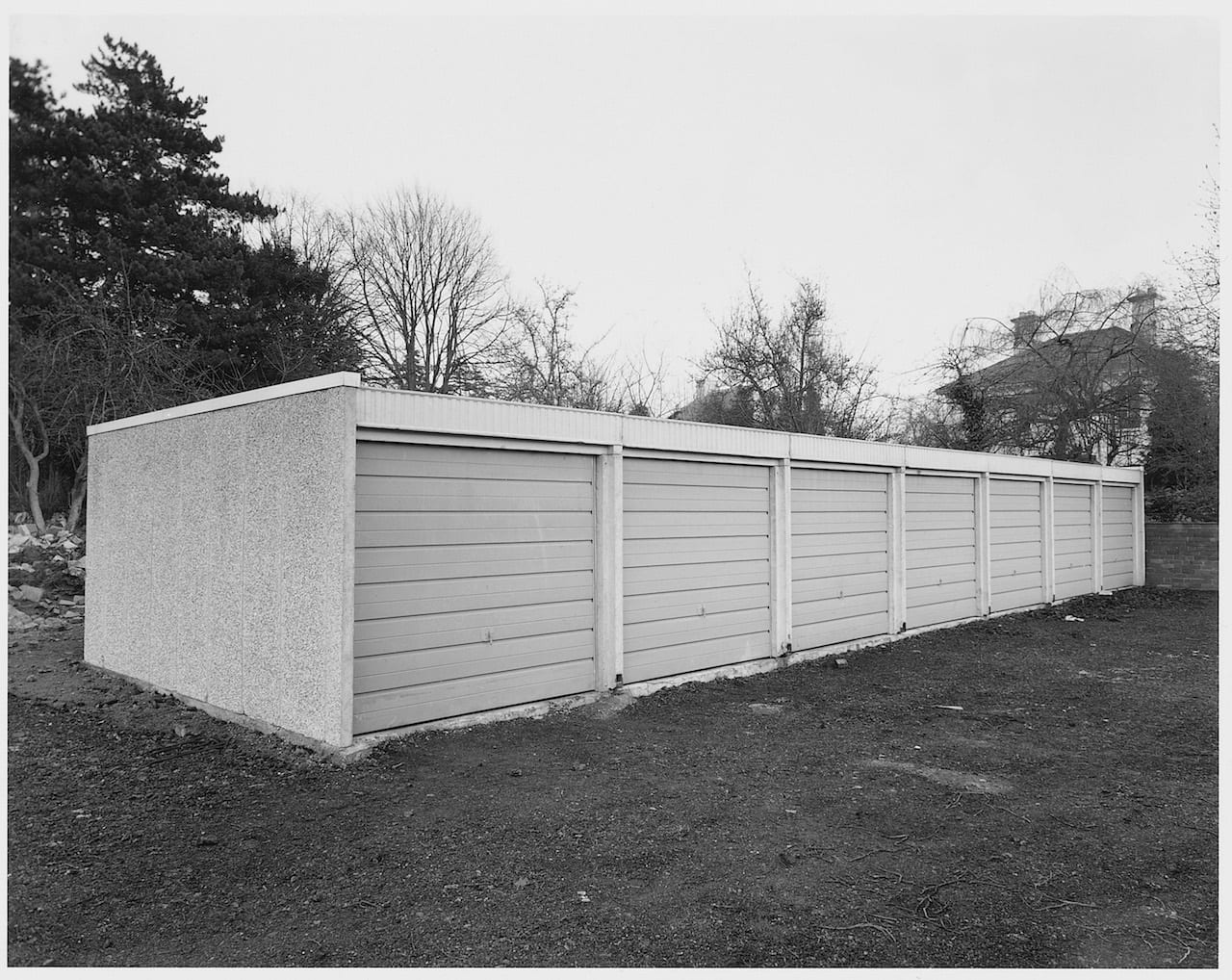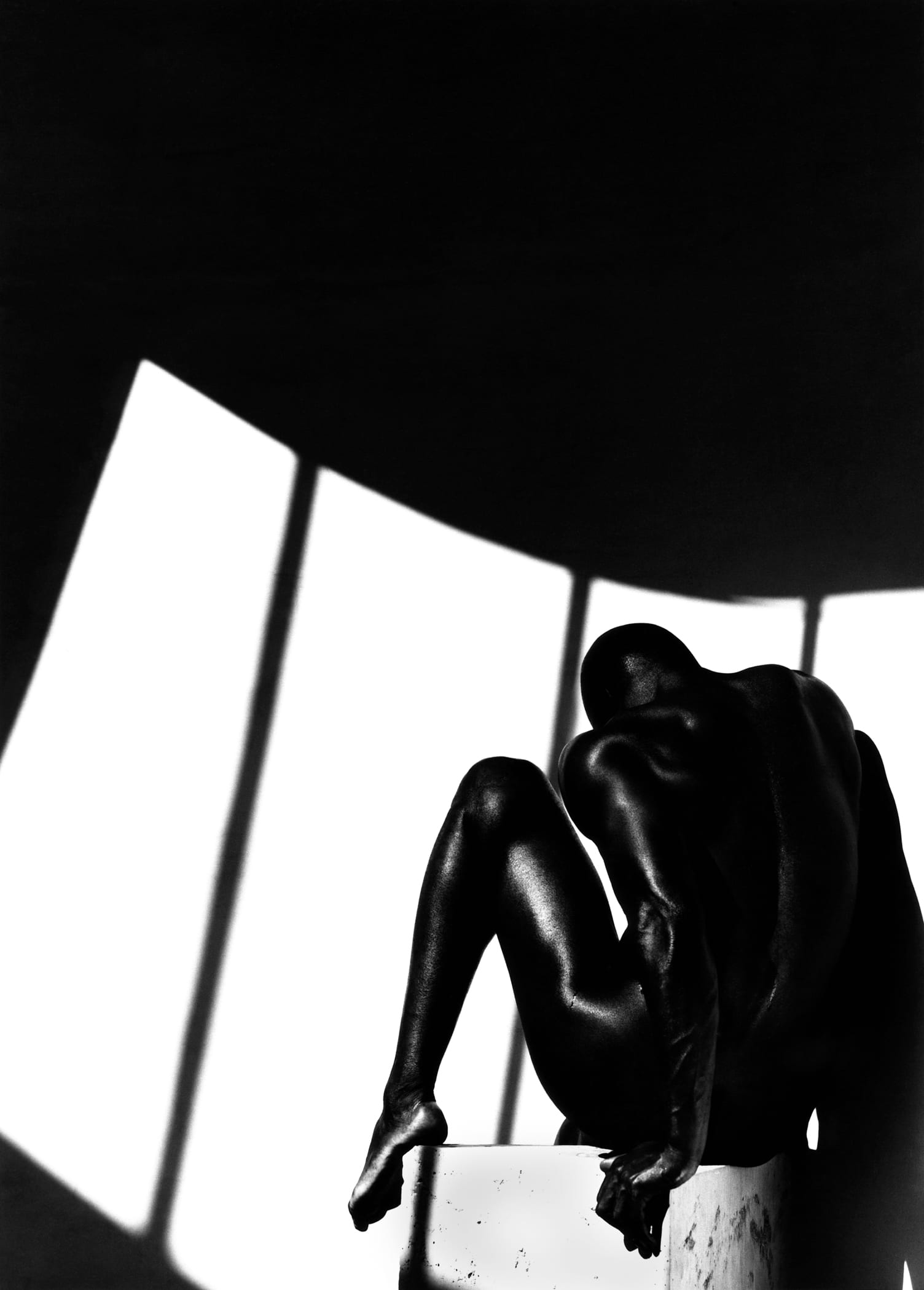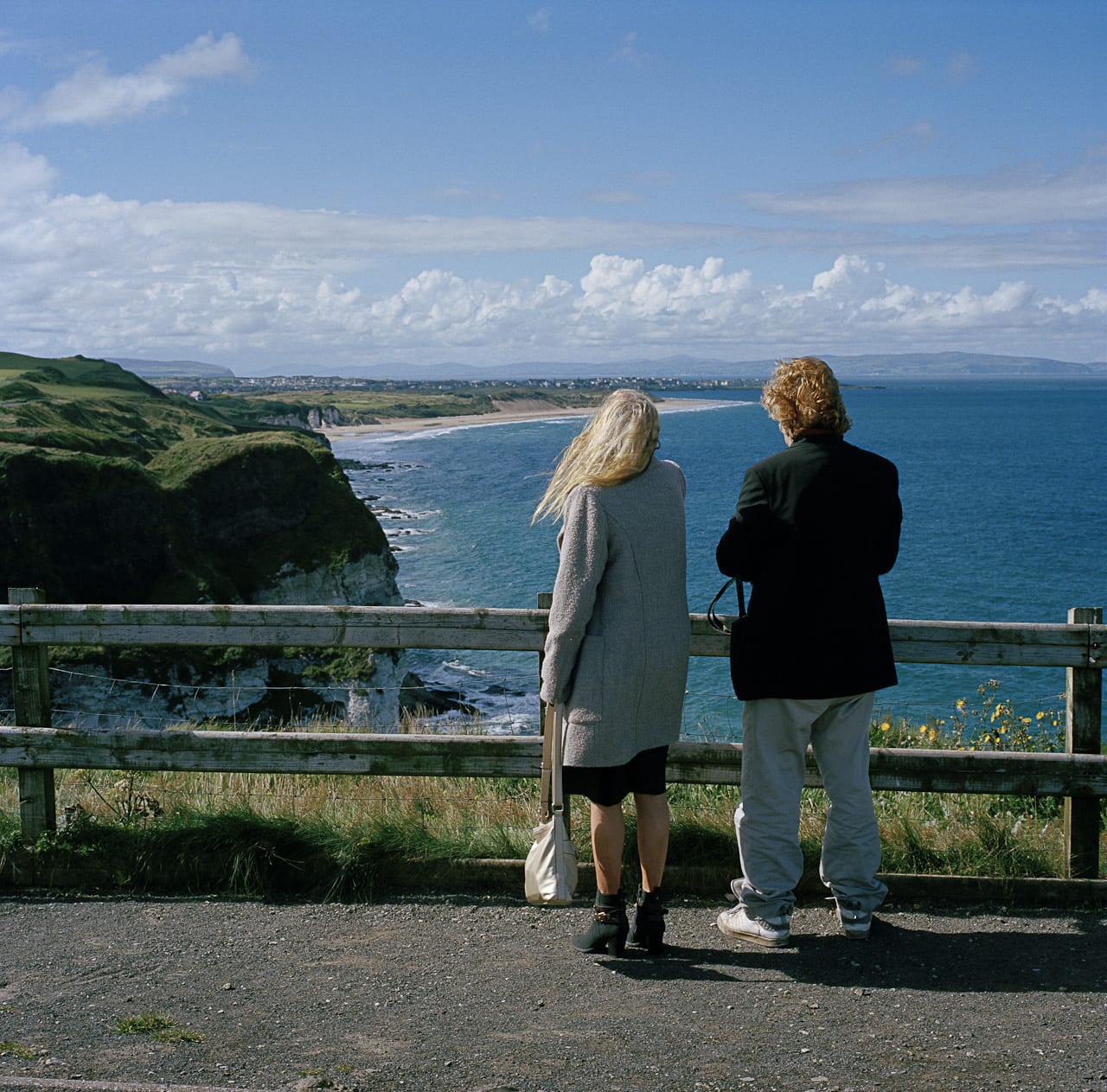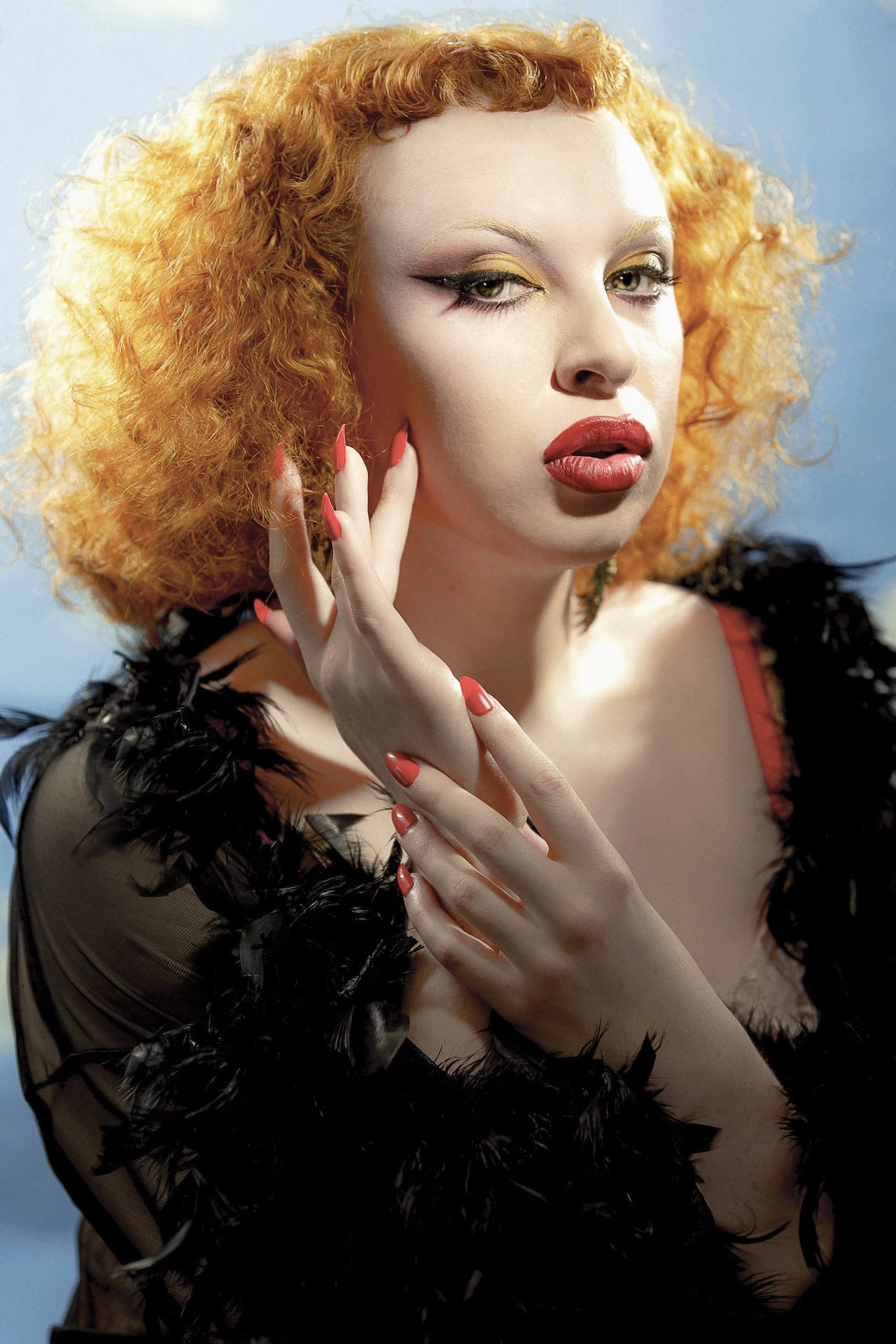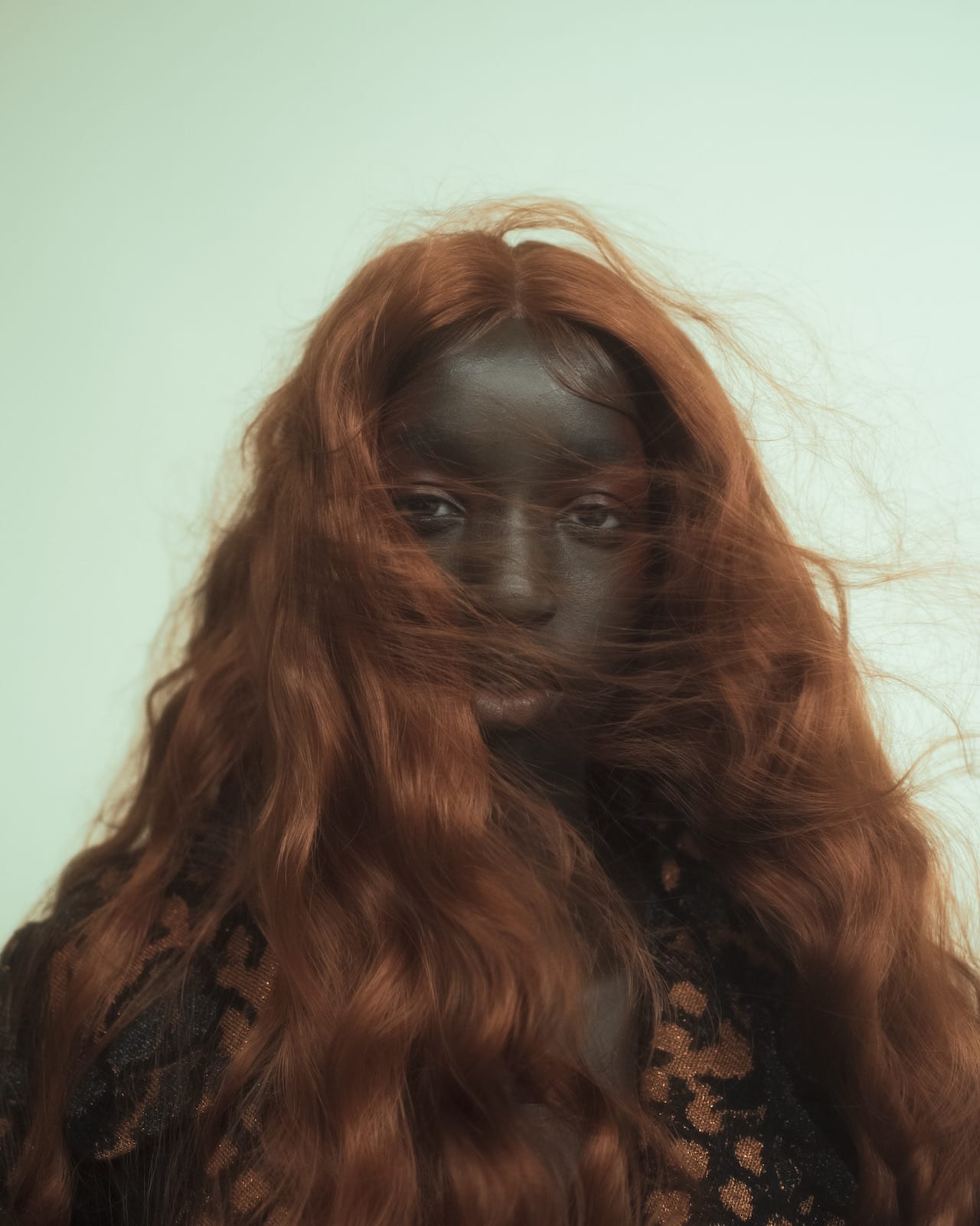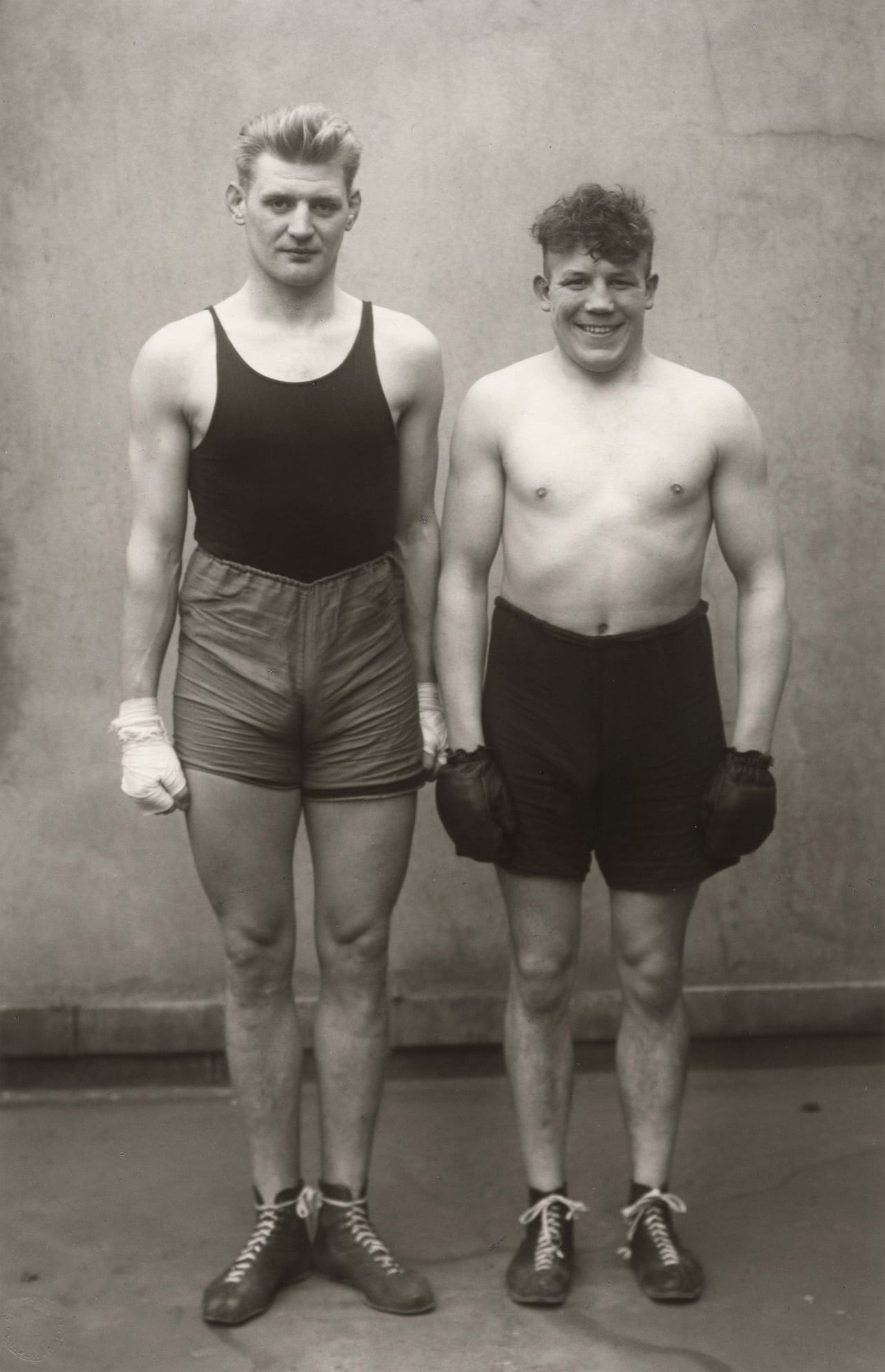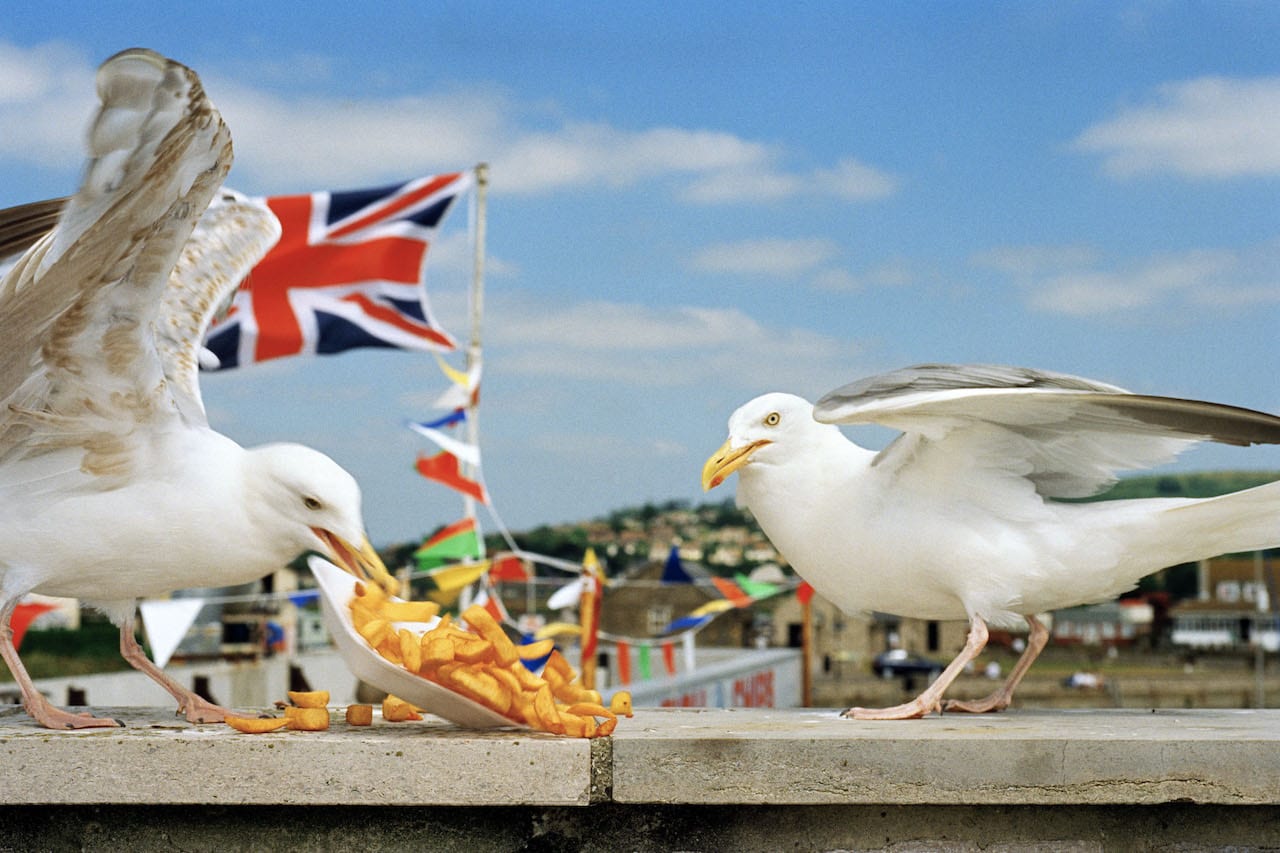When the HOME project was proposed to her, Olivia Arthur was heavily pregnant with her second daughter and focussing that seemed a natural choice. “But in terms of presenting it as a project to the outside world, I think what’s interesting is this period of waiting – that’s where it all becomes very personal,” she says. Aptly titled Waiting for Lorelai, the project became about the anticipation she and her family experienced in the lead-up to the birth. “There’s this kind of emotion about how much it’s going to change the dynamics between us,” says Arthur, “and how my [older] daughter’s going to react when she finds out it’s not just her.”
